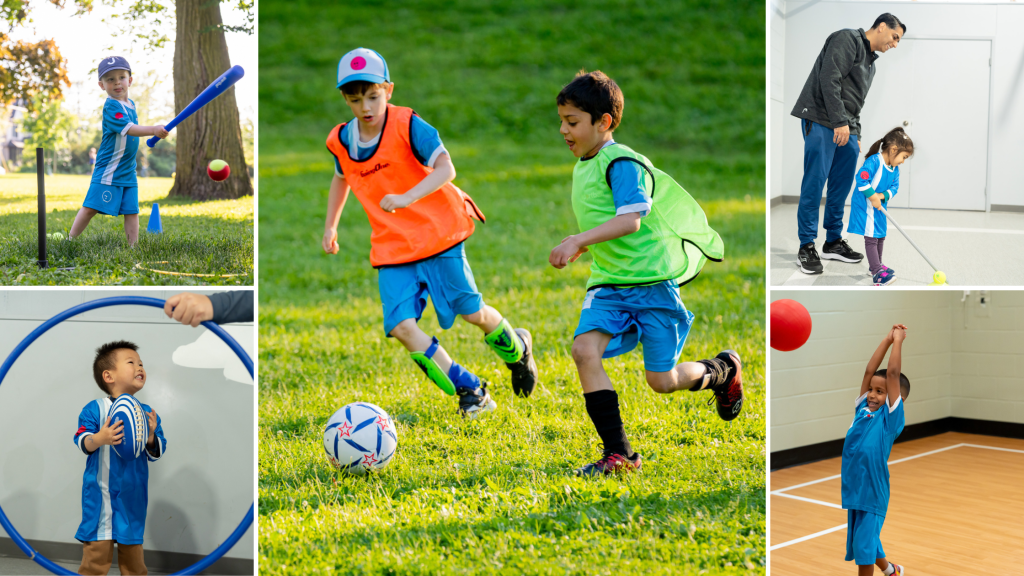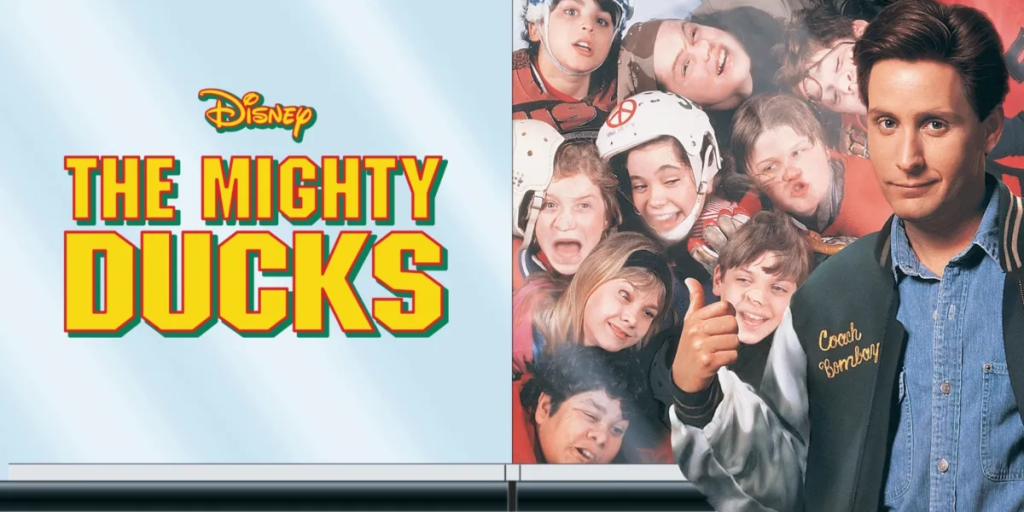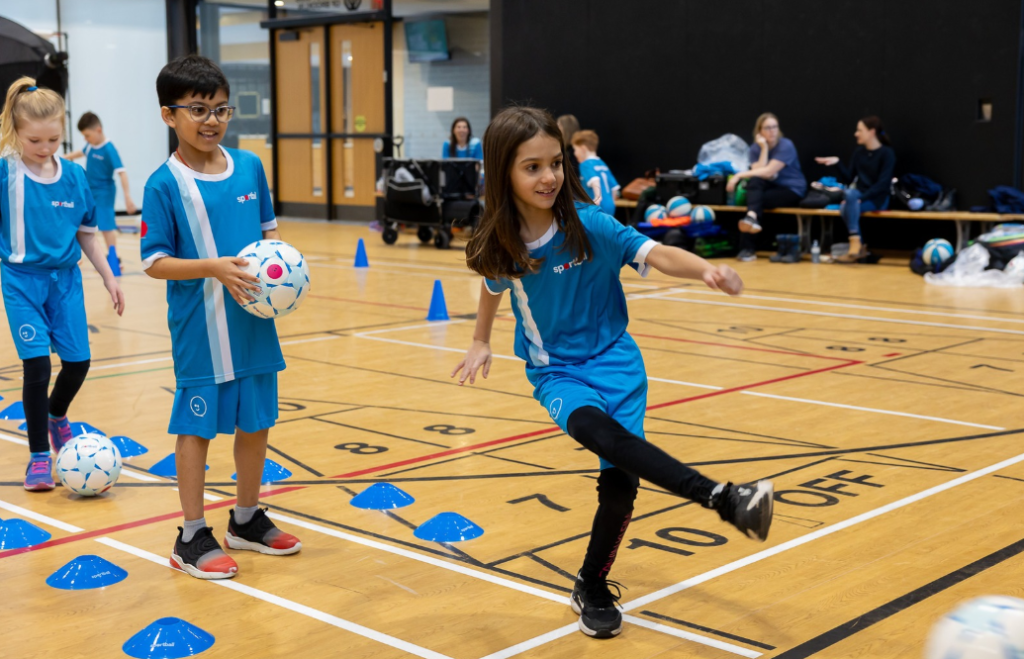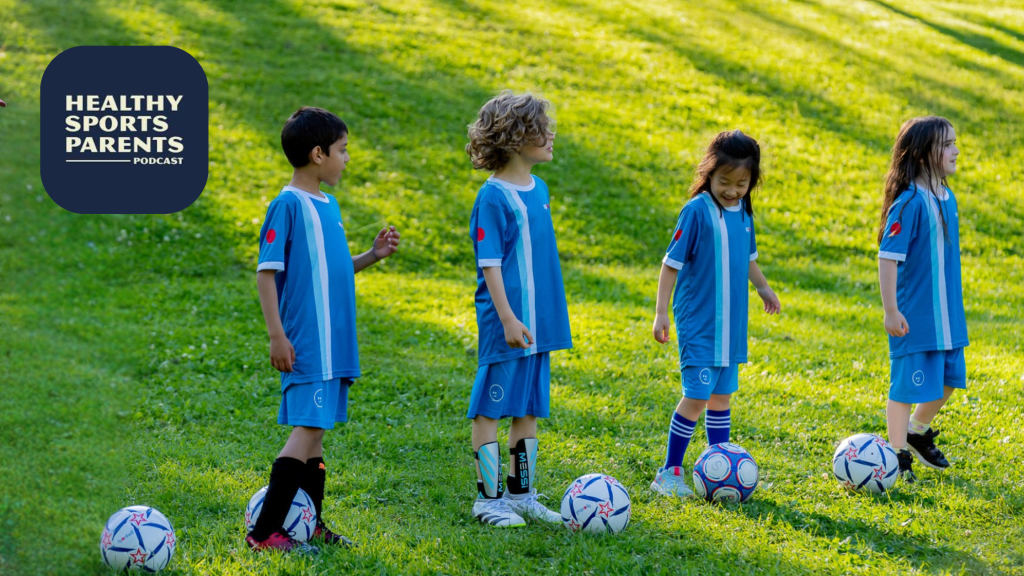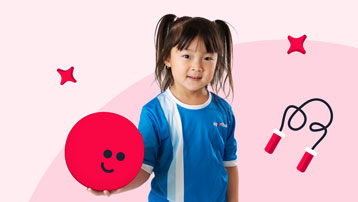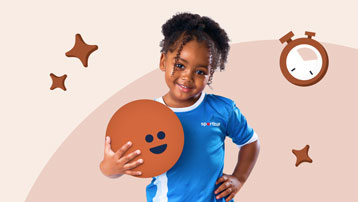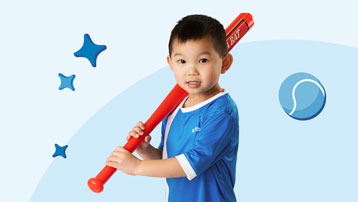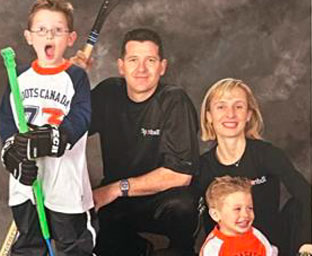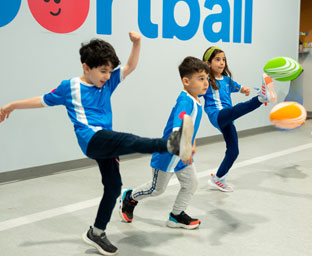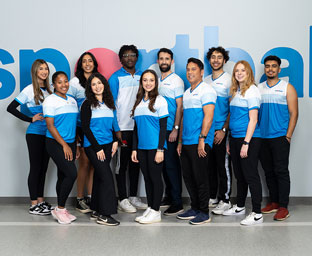With the summer drawing to a close and a new school year upon us, for many families means the return to hectic scheduling. In the rush of chauffeuring children to and from school, childcare, extracurricular activities, and even kids sport programming – we often forget about a basic necessity – getting outside and being physically active! Physical activity is important for children and youth of all ages- supporting their physical health and brain development, as well as enhancing self-esteem, and even reducing stress – to name a few.1 In an increasingly hurried society, it is important to regularly educate children on the benefits of being physically active, and encourage participation both independently, and as a family. Here are a few ways that Sportball aims to help your child be more physically active, both during and outside of our scheduled practice times.
Physical Activity At Sportball
While organized sport remains one of the most popular forms of extracurricular activities for children and youth – with a reported 77% participating in Canada each year1, it is hard to comprehend that children consistently remain under-active. The fact is- no two sport programs are the same, and children are not always active for the entirety of their sport practices2. Sport classes can quickly become mundane, a significant amount of practice time can be lost to coach instruction, transitioning between drills, managing children’s behaviour, and ultimately -standing around. At Sportball, we value the importance of physical activity, and go to great lengths to ensure that children are active from start to finish in our classes. We utilize short lines, or even better, no lines, and integrate a continuous flow of exciting new drills, all supported by well-trained coaches (Coach Education and Certification Blog), and a high instructor-to-child ratio – keeping our classes moving and ensuring children cycle through skills faster. While our signature Multi-Sport classes focus on skills associated with a different sport each week (The Arrival of Multi-Sport Programming), we start each class, regardless of the sport, with an identical, high energy warm-up. Children are encouraged to run, jump, crawl, and hop during a group warm-up, providing a much-needed outlet for their energy, and building their core physical literacy skills (Fostering Physical Literacy at Sportball Blog).
Keeping the Momentum- Physical Activity Outside of Sportball
While we try to make our Sportball classes as active and engaging as possible, we believe it is important that children carry the same enthusiasm for physical activity and sport at home and in their day-to-day lives. Parents may assume that children are sufficiently active while in gym class and recess in the school yard, but despite parents’ often reliance on these contexts to meet their child’s physical activity needs, the reality is, gym class only makes up a small portion of children’s day, and children all too often spend their evenings indoors, and in front of screens.1 At Sportball, we recently launched a new initiative- offering weekly instructional videos to parents, guiding them on how to re-create some of the skills and activities learned at Sportball classes each week in their own homes. For instance- Week 1 may entail an instructional video on practicing the ‘Point and Throw’ in T-ball, while Week 2 walks parents through practicing a ‘Volleyball Bump’ with their child. These drills serve as a reminder to your child of some of the key skills they learn in class each week, accelerating children’s ongoing skill development and confidence. These drills are geared towards children of different developmental ability levels, and only take a few minutes to complete at no additional registration costs or equipment, altogether contributing to more time-spent together with your child or as a family, and ultimately- being physically active. Check-out our classes today to gain access to our high energy sport classes, as well their accompanying take-home videos.
Interested in learning more?
12018 Canadian ParticipACTION report card on physical activity for children and youth.
2Wickel & Eisenmann. (2007). Contribution of youth sport to total daily physical activity among 6-12 year-old boys.


